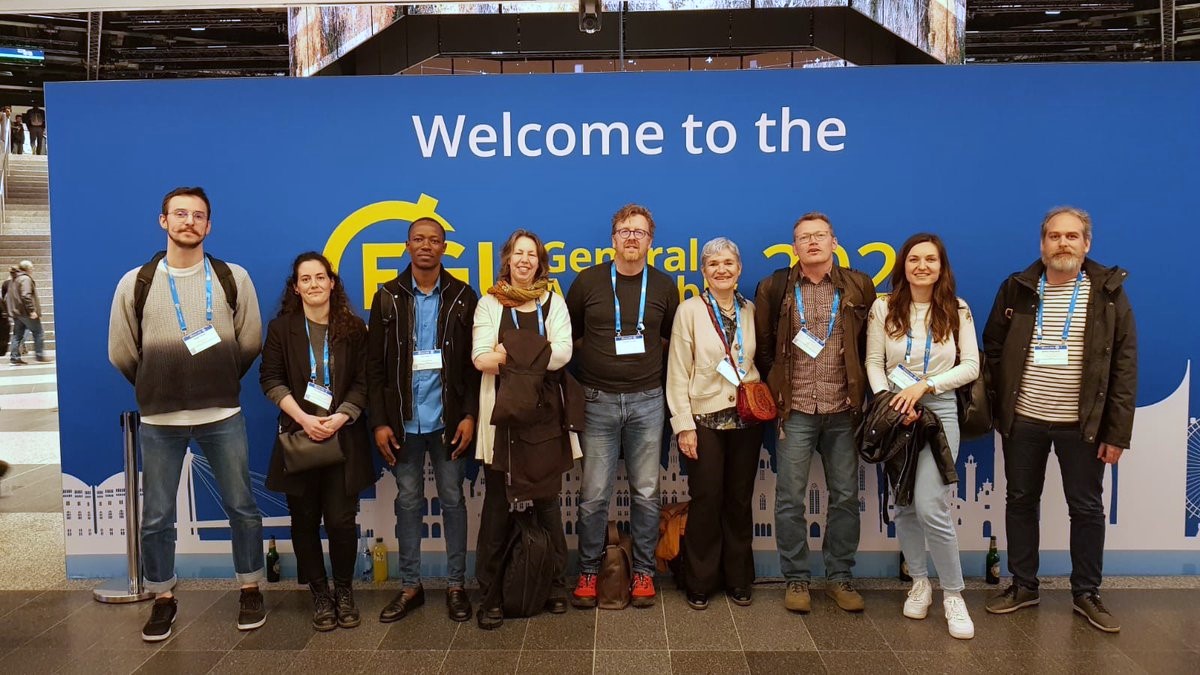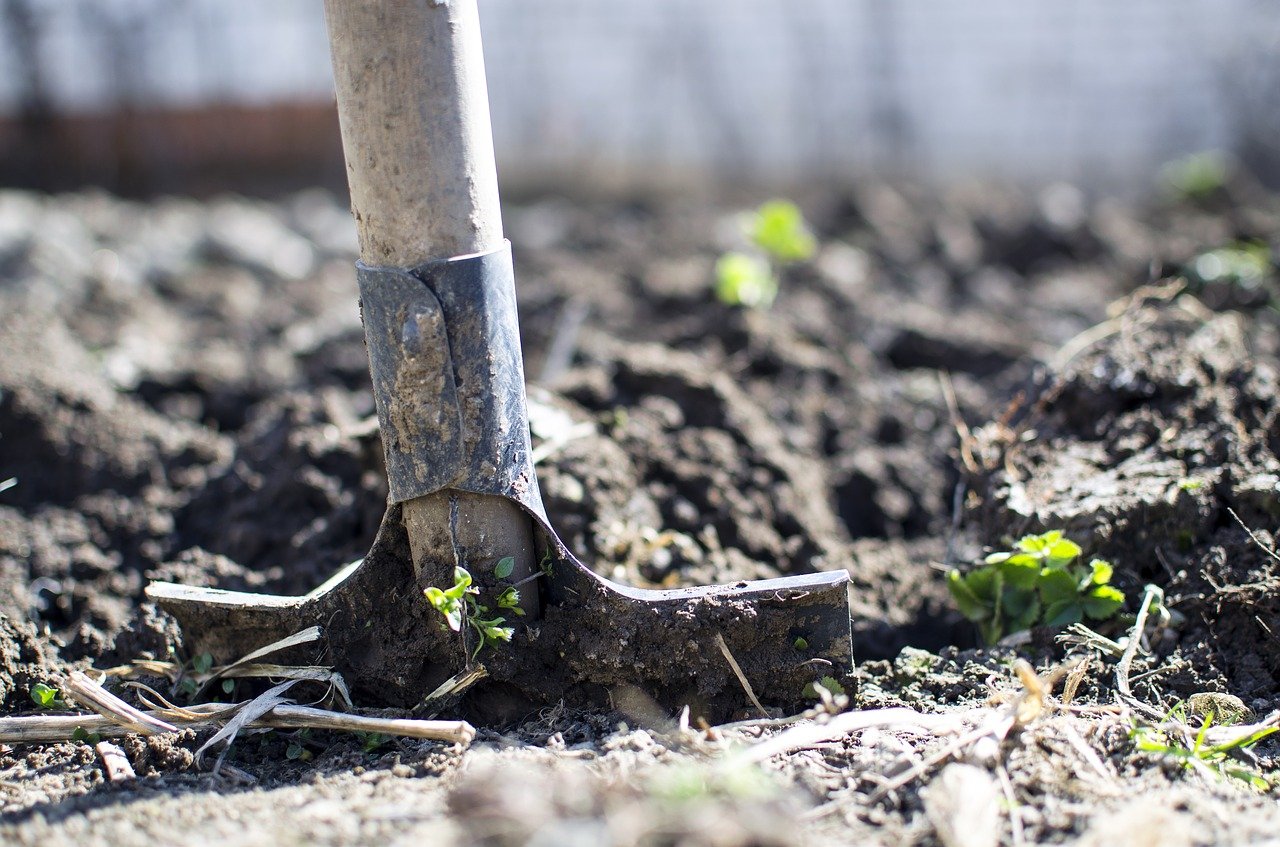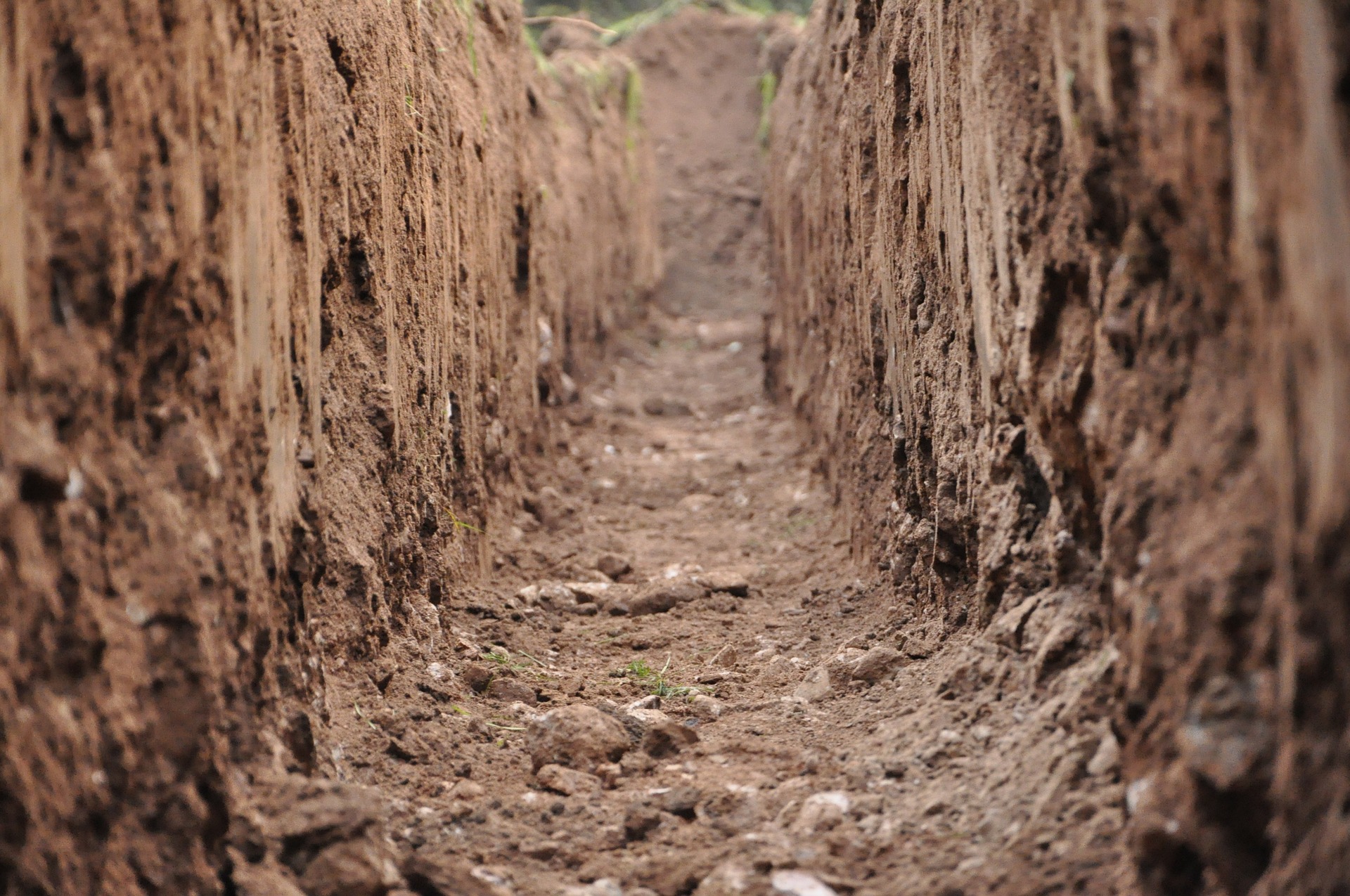EGU 2023 was held this year in Vienna, Austria from April 23-28. iEES Paris was strongly represented with the participation of 9 of our team members.


EGU 2023 was held this year in Vienna, Austria from April 23-28. iEES Paris was strongly represented with the participation of 9 of our team members.

In the the last years, predatory land flatworms have been introduced in many locations because of the trade of exotic plants. In this article published in Diversity and Distributions, a collaboration between iEES Paris, the National Museum of Natural History and James Cook University aimed to model the global invasion risk of these species. It turns out that they have not colonised all regions at risk yet, which demonstrates a need for increased vigilance in these areas.
Lire la suite / Read more
In 2022, IRD is supporting the creation of five new research structures with activities in Laos. These research and training programs have various modes of operation and over a wide range of disciplinary fields (health, ecology, biology, geology, land use planning).

Minerals are widely assumed to protect organic matter (OM) from degradation in the environment, promoting the persistence of carbon in soil and sediments. In this Review, we describe the mechanisms and processes operating at the mineral–organic interface as they relate to OM transformation dynamics.
Lire la suite / Read more
Climate changeaffectsbiodiversity globally, by forcing species to shift their distribution to track the changes in temperature. An international collaboration between scientists from France, Sweden, the Netherlands and Finland shows, in an article published in the journal Ecology Letters,that habitat fragmentation caused by human activity affects distribution shifts in butterfly species and, hence, their capacity to cope with climate change.
Lire la suite / Read more
J.-L. Janeau, IRD research engineer at iEES Paris (FEST and F2ZC teams), is co-organizer of an EGU21 session.

Soil carbon persistence can be understood through the lens of decomposers as a result of functional complexity derived from the interplay between spatial and temporal variation of molecular diversity and composition. For example, co-location alone can determine whether a molecule is decomposed, with rapid changes in moisture leading to transport of organic matter and constraining the fitness of the microbial community, while greater molecular diversity may increase the metabolic demand of, and thus potentially limit, decomposition.
Lire la suite / Read more
Team news Team publications Team members The objectives of BIOgeography and Diversity of Interactions in Soil (BioDis) team is to analyse these interactions in their environmental context in order to better understand the functioning and evolution of soils. The strategy that we have adopted is to study biotic interactions, whilst accounting for the abiotic constraints that […]
Lire la suite / Read more
Obama nungara is a species of land flatworm originating from South America; the species was recently described and distinguished from a similar species, Obama marmorata. Obama nungara has invaded several countries of Europe, but the extent of the invasion has not been thoroughly mapped.